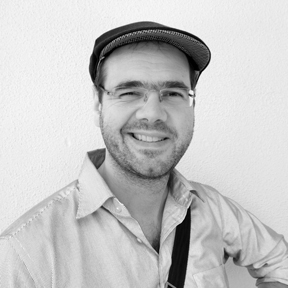By Amy E. Hamaker
Amyloid fibers, abnormal protein aggregates, have been associated with more than 20 serious human diseases, including neurological disorders such as Alzheimer’s, Parkinson’s and Huntington’s diseases.
However, Ansgar Siemer, PhD, assistant professor of biochemistry and molecular biology at the Zilkha Neurogenetic Institute within the Keck School of Medicine of USC, is working on some amyloid fibers that can actually be necessary for long-term memory in fruit flies and other organisms.
Siemer will have the chance to research how this is possible thanks to a recent three-year award from the Whitehall Foundation.

Ansgar Siemer, an assistant professor of biochemistry and molecular biology, is studying how some amyloid proteins, which are usually associated with serious diseases, may be beneficial for long-term memory.
(Photo/Courtesy Ansgar Siemer)
The Foundation is a not-for-profit corporation that celebrated its 75th year in 2012. The foundation focuses exclusively on assisting basic research in vertebrate (excluding clinical) and invertebrate neurobiology in the United States.
According to Siemer, long-term memories are made by reinforcing synapses, the junctions between nerve cells. This reinforcement is controlled by Orb2, a protein that functions only when it is forming amyloid-like protein aggregates. To understand how Orb2 is different from toxic amyloids, Siemer and his team will need to examine its structure.
“We’re trying to understand how Orb2 functions by investigating its three-dimensional structure,” explained Siemer. “My expertise is solid-state nuclear magnetic resonance (NMR) spectroscopy, which permits us to measure amyloid structures at atomic resolution that cannot be made into crystals for X-ray crystallography. Thanks to the grant, I can have a full-time person on this project. Together with my NMR spectrometer, which will be installed next month, this grant allows me to get first exciting structural data on this intriguing protein.”

